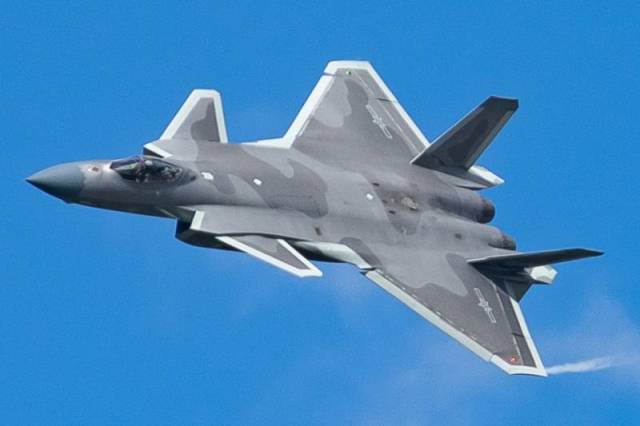
Image source: topwar.ru
The air defense units of the People's Liberation Army of China, together with the PLA Air Force, are practicing tactics of protection against the actions of invisible fighters. As a conditional enemy, the Chinese army uses J-20 fighters, which are supposed to simulate attacks by American F-35 aircraft.
The exercises themselves took place in the central area of the Guangxi Zhuang Autonomous Region in the south of China. They involved the air defense brigade of the 75th Army of the PLA and Air Force units stationed in the region. The PLA command set the participants of the exercises the task of maximum integration of control systems and firepower of the PLA Air Force and air defense.
The information received by the Air Force from the pilots was transferred to the air defense brigade of the ground forces, after which seven anti-aircraft missile systems were deployed. The air groups of the conditional enemy, however, tried to break through the defense at a very low altitude. At night, they tried to carry out a surprise attack and used strong electromagnetic interference, but the defending side was able to deploy air defense equipment.
These exercises conducted by the Chinese army indicate that Beijing is increasingly serious about the United States as the main threat to China's national security at the moment. There is no doubt that this approach is related to the Taiwan issue. China admits the possibility of intervention by the American armed forces in the event of a large-scale conflict with the island, respectively, and the People's Liberation Army of China should be prepared to repel possible attacks by American aircraft, including stealth fighters used by the US Air Force.
According to Chinese military expert Fu Qianshao in an interview with the Global Times, now the US Air Force and its satellites are focusing on ordering fighters designed for ground attacks, and not to gain air superiority. This means that American F-35 aircraft may prefer to overcome air defenses from low altitudes, rather than from high ones, and in such a scenario, radars and long-range missiles may lose their advantages, the analyst notes. But then it remains to rely on army short-range radars and anti-aircraft artillery installations, as well as small SAMs installed on cars.
